Origin of the bagna cauda
The history of the Bagna Cauda, which originates in Piedmont, can be considered an example of how and why – in times long past – regional dishes were born from real life.
It is said that wine farmers of the late Middle Ages wanted a special dish to celebrate an important event for them, the draft of the new wine. The event marked the success of the most important of all harvests, that of grapes.
Some say bagna cauda (which means “hot sauce” in Piedmontese) was created as a rustic, simple festive dish to oppose to the elaborate cuisine of the rich and the noble, even though there is no real proof of this and it may be nothing more than an emblematic post-comparison.
Let us stick with tradition, then, and consider bagna cauda a dish created by farmers by marrying locally sourced produce into a delicious union: good, healthy vegetables, such as garlic (which, in the Middle Ages, was compulsory cultivation by Statute) and saled anchovies, preserved in barrels and coming all the way from the Ligurian coast.
Added to this was olive oil, an almost exotic and expensive product sparsely produced in Piedmont: for the most part, the oil was imported from nearby Liguria in exchange for grain, butter and cheese that abounded in the region.
Local and not so local
Bagna cauda came to exist with the combination of the above mentioned local and foreign ingredients, and went on to acquire its well-established characteristics. It was a seasonal dish, typical of the colder months, because it was usually prepared after the harvest, when farmers’ off season began. Cold is also necessary to bring all varieties of vegetables eaten with bagna cauda to the right point of ripeness (thistles especially!).
A dish for the whole community
Bagna cauda is a dish to be consumed in company, no point in making it for one or two: it was created as something to cook and eat by many people and to celebrate as a community, as we said, at the end of the harvest season. In fact, it was normal to prepare bagna cauda in very large copper pots where everyone would dip vegetables and bread together. From this is easy to gather how bagna cauda was, ultimately, a ritual dish where the agricultural community sat around a bountiful table, at the end of another year of sowing, tending and harvesting.
Along with the meal came a more or less conscious sense of gratitude to the forces of nature that farmers intuitively reconnected this very special autumnal meal.
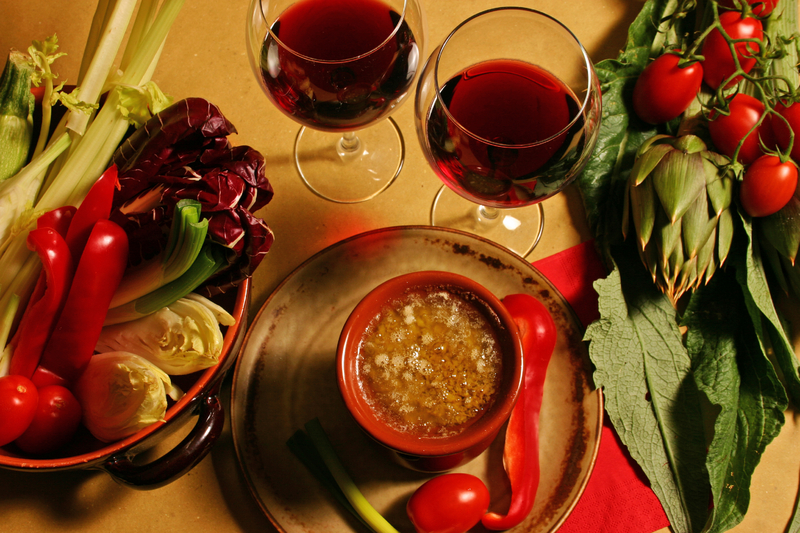
Bagna Cauda today
These elements make bagna cauda not only a tasty, robust dish (if a little difficult to handle: the amount of garlic in it means you may stink of it for a while afterwards!) but also a unique opportunity for fraternization and joy. Even today, in effect, bagna cauda should never be cooked for one or two and should not be eaten casually and politely. Bagna cauda is a dish for the crowd, a dish that needs large tables of friends, big plates of crunchy vegetables, home made bread and pots filled sauce, all complemented with a glass of good Barbera.
How to cook bagna cauda
And now let’s look at how to cook bagna cauda the proper way, so as not to betray the original recipe created by medieval wine farmers, but keeping in mind as much as possible today’s needs and tastes.
Ingredients for 4 people:
- 40 grams of butter
- 250 grams of extra virgin olive oil
- 200 grams of garlic
- 200 grams of salted anchovies
Be careful when you choose the ingredients:
- Anchovies should have matured for at least one year. They should look good and be fragrant: this means right out of the salt. Clean them by rinsing them in water and white wine, de-bone them and pat them dry.
- This is a garlic based dish so you can limit it, but certainly not eliminate it entirely. If you did so, you would no loger make bagna cauda! While “fundamentalists” claim a head of garlic per person is required (just to give you an idea, there are 10 to 15 cloves in a head), I think that 2 or 3 cloves per person are enough. Never boil the garlic before making the bagna cauda, neither in milk nor in water: simply cut off any budding, slice it and, if you want, leave it for a few hours in a bowl of water.
- Always pick very good quality extra virgin olive oil. If you really can’t stomach it, or can’t find it, virgin olive oil can be ok. However, never ever use any other type of oil for bagna cauda. As per quantity, you should always have no less than 1/2 a glass of oil per person eating.
- Vegetables should be seasonal and typically Piedmontese, but should never include anything too aromatic such as celery, fennel of radishes. Wash them and quarter them and they are ready to go. Cards (well known are those from Chieri and Nizza Monferrato), raw peppers, but also roasted and preserved in vinegar and rasps (this is a typical Piedmontese way to pick and preserve them), artichokes, kale, green, white and red cabbage, endive, hearts of escarole, fresh spring onions (these are usually cut across at the base and put on the table in bunches of 3 or 4, dipped in a glass of Barbera from which they emerge for about two inches; they are also good if you just eat them dripping with wine with a pinch of salt!), white turnips, roasted red beets, boiled cauliflower, boiled cabbage hearts, roasted onions, and finally plates of boiled white potatoes in their skins, apples, roasted or fried zucchini slices, slices of warm roasted or fried polenta, and baskets of fresh eggs to scramble in the leftover bagna cauda. All this, ladies and gentlemen, is a real feast, fit for a king.
The way you cook it is crucial to get a good, healthy and easy to digest bagna cauda. Bagna cauda should cook only briefly and on low heat.
In a large earthenware pan put all your sliced and dried garlic with only a spoonful of oil and butter, cook slowly for half an hour, always stirring the garlic with a wooden spoon, making sure it does not become dark; the slices of garlic should soften and melt, forming a smooth cream, white and soft. At this point, add all the oil and all the anchovies and cook the sauce at low heat just enough for the anchovies to dissolve perfectly into the garlic, creating a fragrant, pale brown cream. The bagna cauda now is done, the oil should never have boiled or popped. During the service at the table, add oil if necessary, gradually lengthening the sauce of garlic and anchovies.
Article by Stefania Finiguerra, edited by Francesca Bezzone


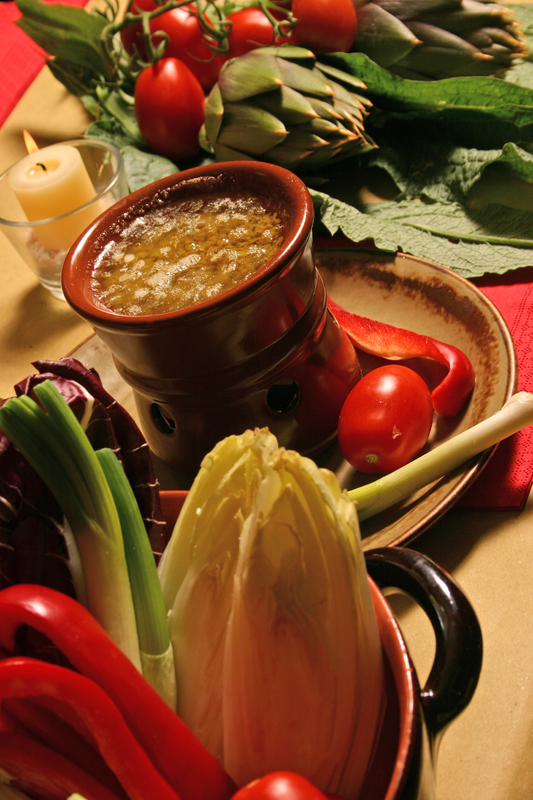
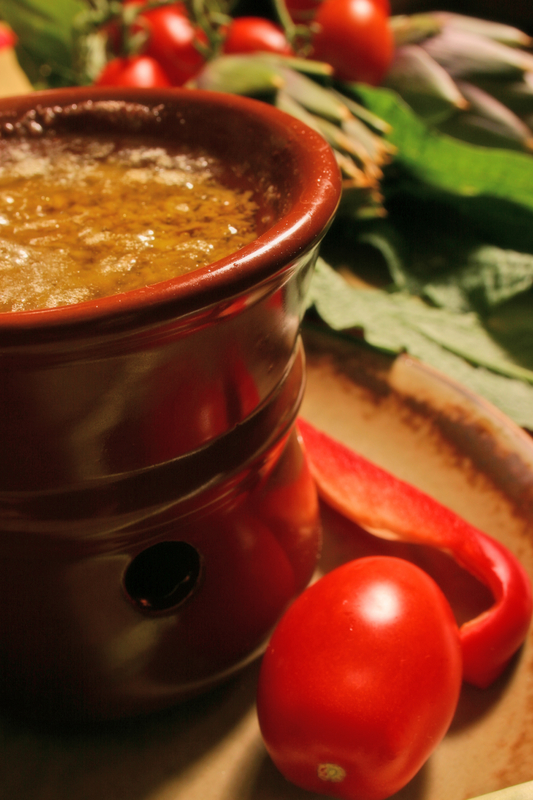






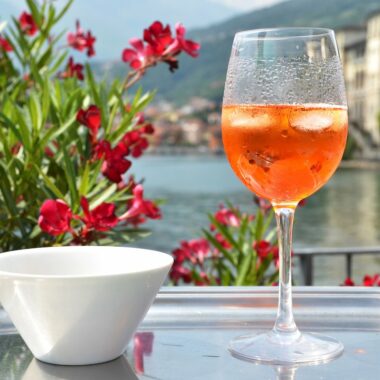
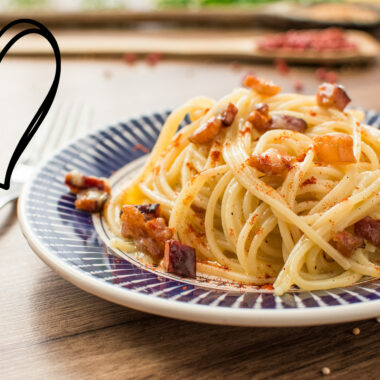
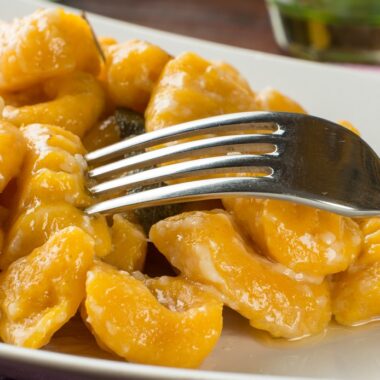
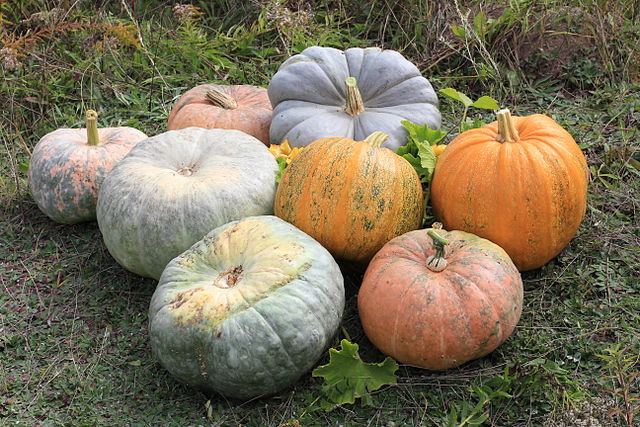
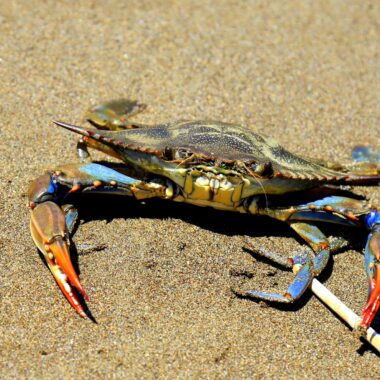
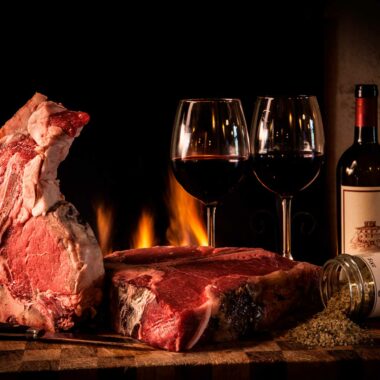
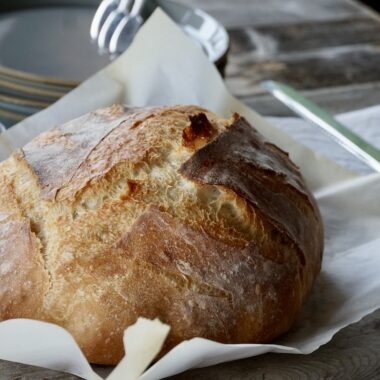
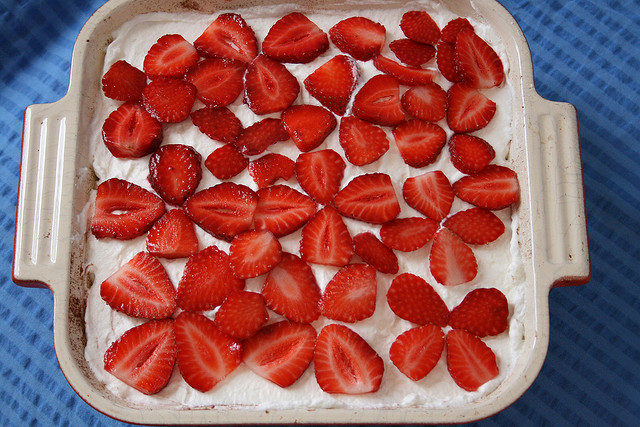
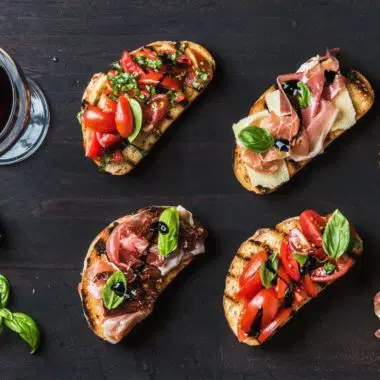
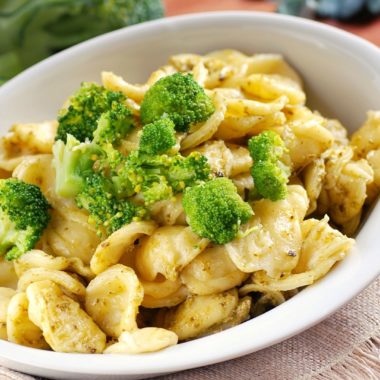
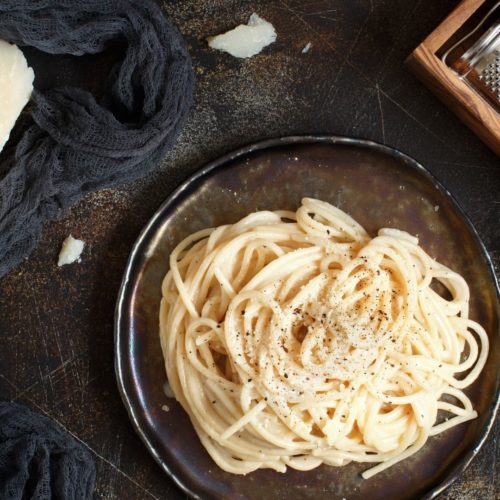
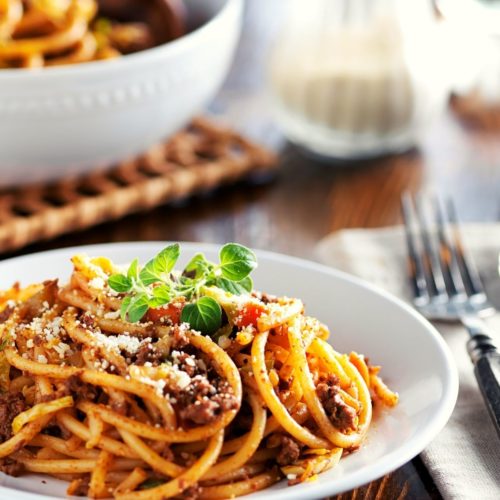
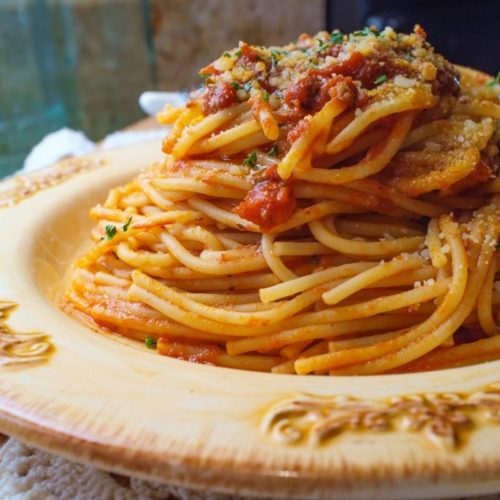
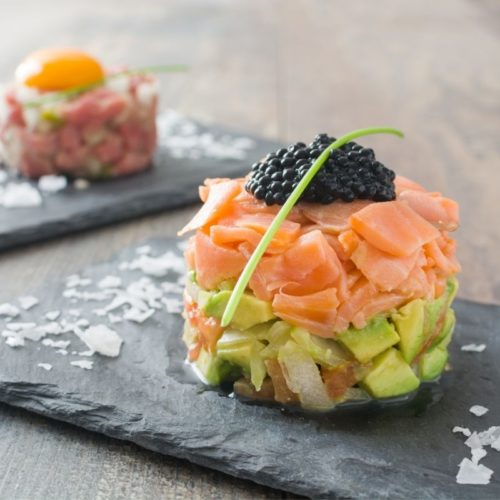

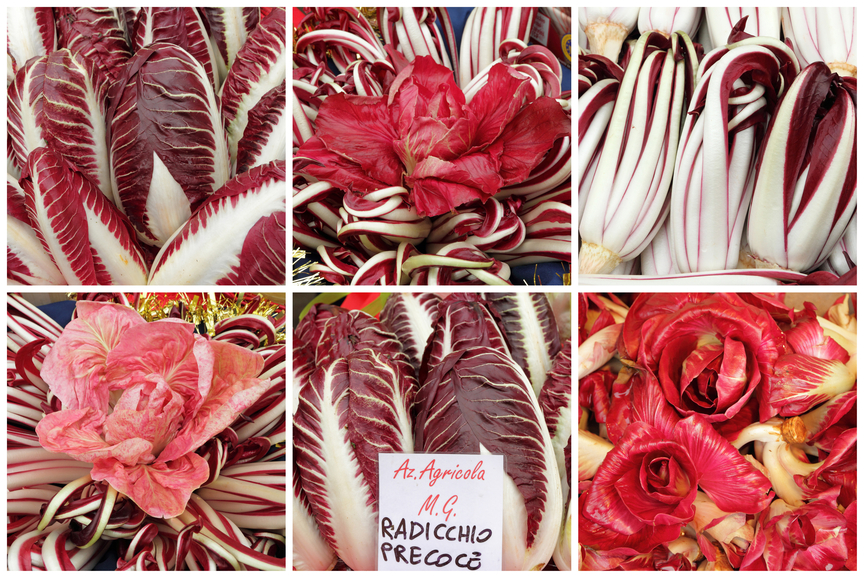
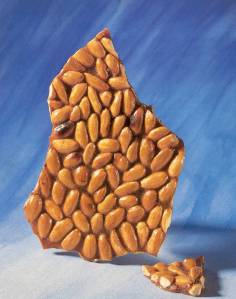

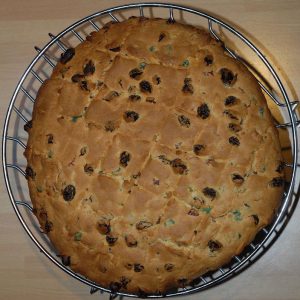
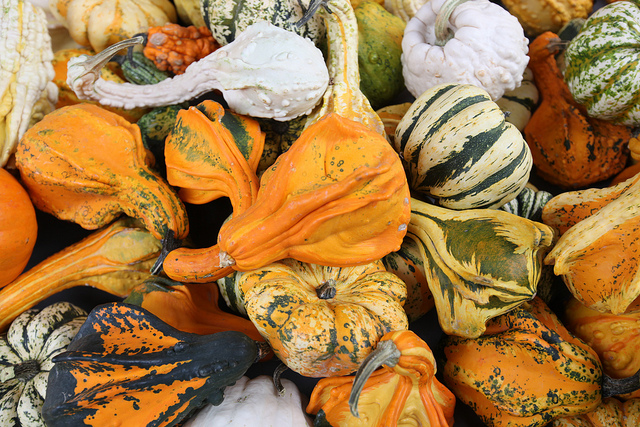
Rasp is in Italian Vinaccia. I personally never used Vinaccia to preserve peppers but this is the page on wiki https://it.wikipedia.org/wiki/Peperoni_sotto_vinaccia

Paolo
I do not understand what is meant by the word RASPS : but also roasted and preserved in vinegar and rasps (this is a typical Piedmontese way to pick and preserve them).
Could someone please explain, as this looks like a translation error ?